GNNs are constructed using a series of inferential techniques. One technique discussed at LoG is message passing neural networks (MPNNs). Discrete forward passes from node to node (along edges) allow for approximation of the true, original network topology to be reconstructed. MPNN is a standard technique that lends itself to a wide variety of problem domains. The MPNN approach [4] can be extended to directed multigraphs and other types of graphs that capture complex systems, but can suffer shortcomings such as over-smoothing, over-squashing and under-reaching. While message passing has been the standard in the GNN field, continuous methods using approaches inspired by differential geometry and algebraic topology might serve as powerful alternatives [5]. Aside from approximations of real-world networks and graph-like structures, we can also think of GNN outputs in terms of time (capturing delays) and space (capturing translations). GNNs are also well-suited to mapping problems from algorithmic domains, in particular dynamic programming [6].
GNNs are particularly useful for task-specific architectures. The DevoWorm group’s D-GNN work (DevoGraph) is an example of this, being specialized for embryogenetic image processing or capturing biological growth and differentiation processes. But GNNs can also engage in transfer learning, which is the transfer of learned information from one context to another. Successful graph transfer learning is characterized by the reproduction of a graph of a similar but different size, or problems that require changes in network size over time.
From "Do we need deep graph neural networks?" by Michael Bronstein, Towards Data Science, July 20, 2020.
Workshops
Several of the workshops were particularly interesting with respect to some of the points mentioned above. There were also a number of outstanding oral presentations and posters not discussed here, but are worth checking out in the daily session recordings or on OpenReview.
Neural Algorithmic Reasoning (video). GNNs serve as excellent processors (neural networks in latent space) that can be aligned with more traditional algorithms [7]. This recasts many optimization problems as neural representation learning, particularly in cases where optimization algorithms do not represent the system being analyzed in a realistic manner.
Expressive GNNs (video). This tutorial covers a range of techniques that can be used to increase the expressivity of GNNs. Borrowing from areas such as topological data analysis and group theory, there is great potential for a variety of highly effective strategies for improving GNN architectures for a host of problems.
Graph Rewiring (video, web). Graph rewiring is presented as a way to overcome the limitations of the MPNN approach. Rewiring is based on the reconstruction of graph edges from iterative adaptive sampling of the input data. There are a number of different techniques that allow us to evaluate edge relevance using techniques such as diffusion and spectral approaches.
GNNs on TensorFlow (video). This tutorial introduces nascent modelers to implementing their own GNN models in the open-source TF-GNN framework. The tutorial uses heterogeneous input data to show how to implement the GNN and deal with missing label and edge information.
[1] Sanchez-Lengeling, B., Reif, E., Pearce, A., and Wiltschko, A.B. (2021). A Gentle Introduction to Graph Neural Networks. Distill, doi:10.23915/distill.00033.
[2] Chen, Z., Villar, S., Chen, L., and Bruna, J. (2019). On the equivalence between graph isomorphism testing and function approximation with GNNs. Proceedings of Neural Information Processing Systems, 32.
[3] Ruiz, L., Chamon, L.F.O., and Ribeiro, A. (2020). Graphon Neural Networks and the Transferability of Graph Neural Networks. arXiv, 2006.03548.
[4] Heydari, S. and Livi, L. (2022). Message Passing Neural Networks for Hypergraphs. arXiv, 2203. 16995.
[5] Bronstein, M. (2022). Beyond Message Passing: a Physics-Inspired Paradigm for Graph Neural Networks. The Gradient, May 7.
[6] Dudzik, A. and Velickovic, P. (2022). Graph Neural Networks are Dynamic Programmers. arXiv, 2203.15544.
[7] Velickovic, P. and Blundell, C. (2021). Neural Algorithmic Reasoning. arXiv, 2105.02761.

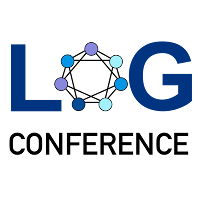
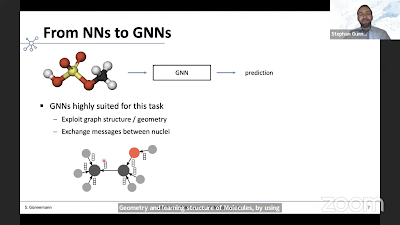
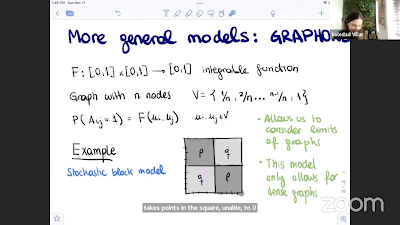
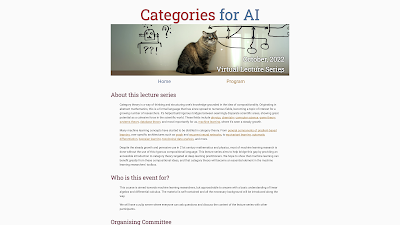
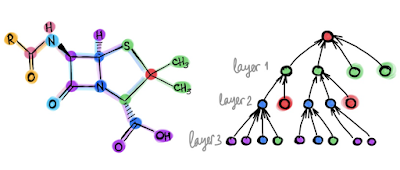

Your blog has been a game-changer. Thank you! Also check the oregon gun purchase permit
ReplyDelete